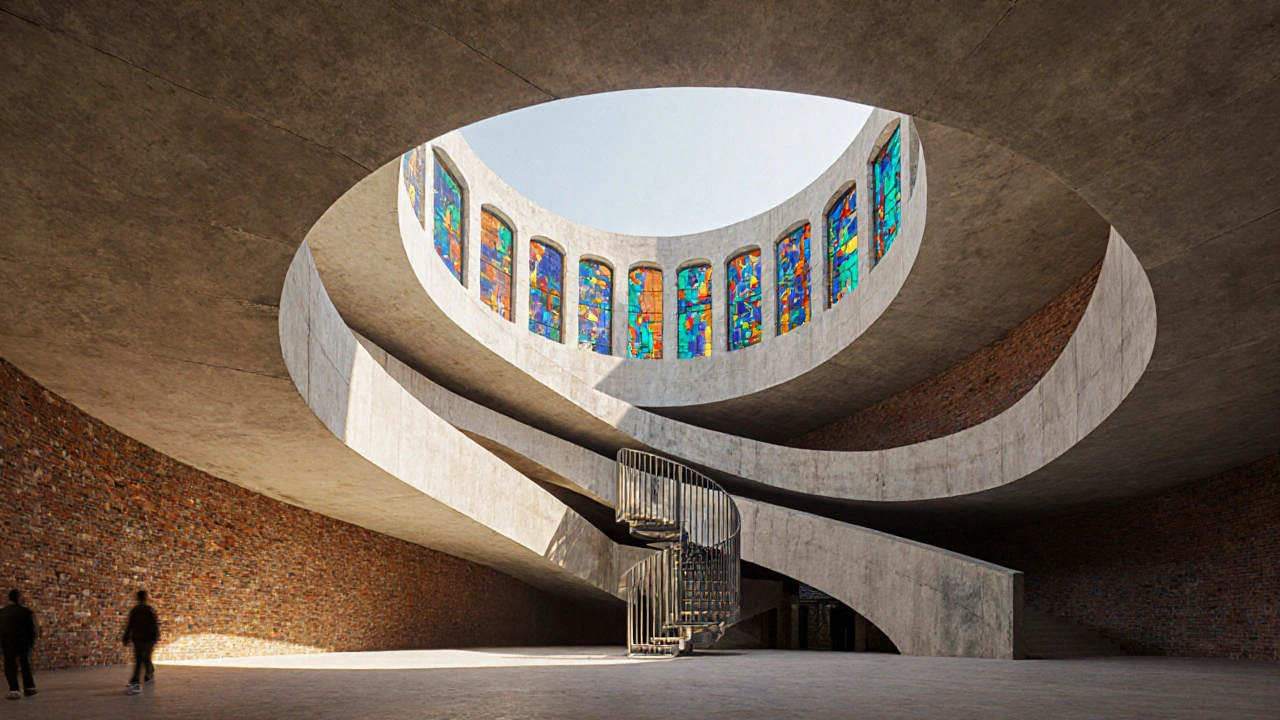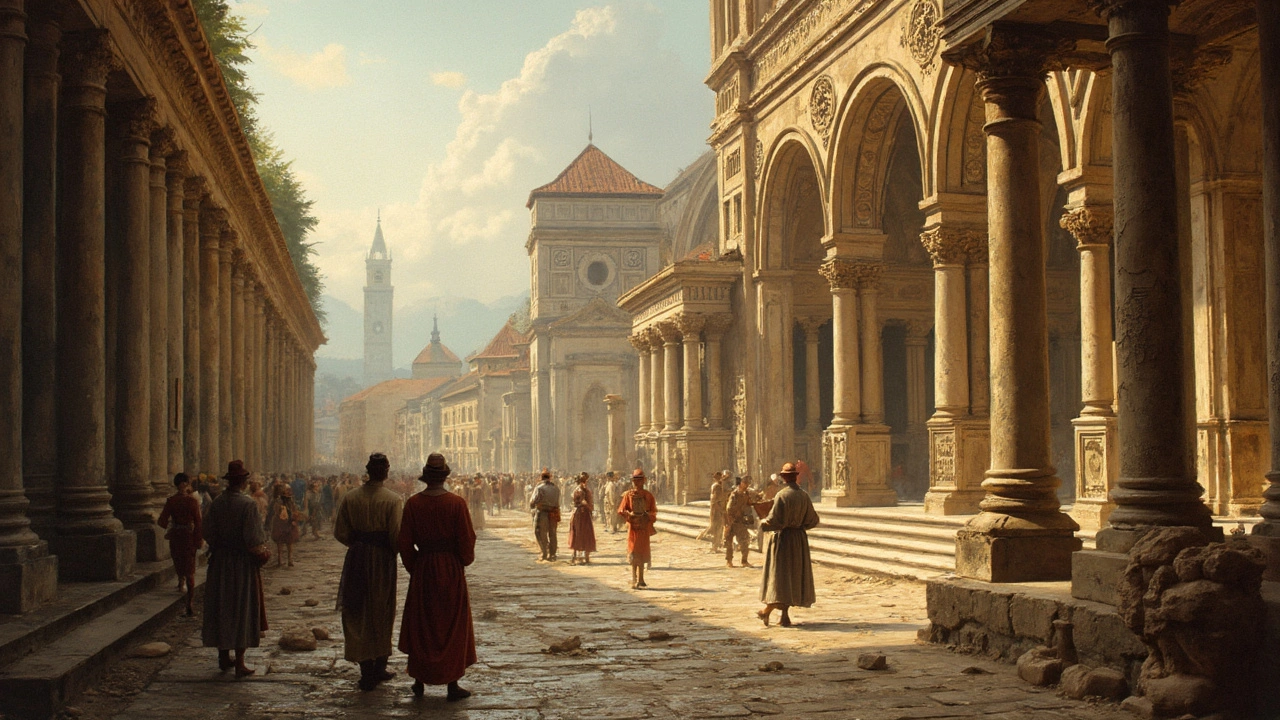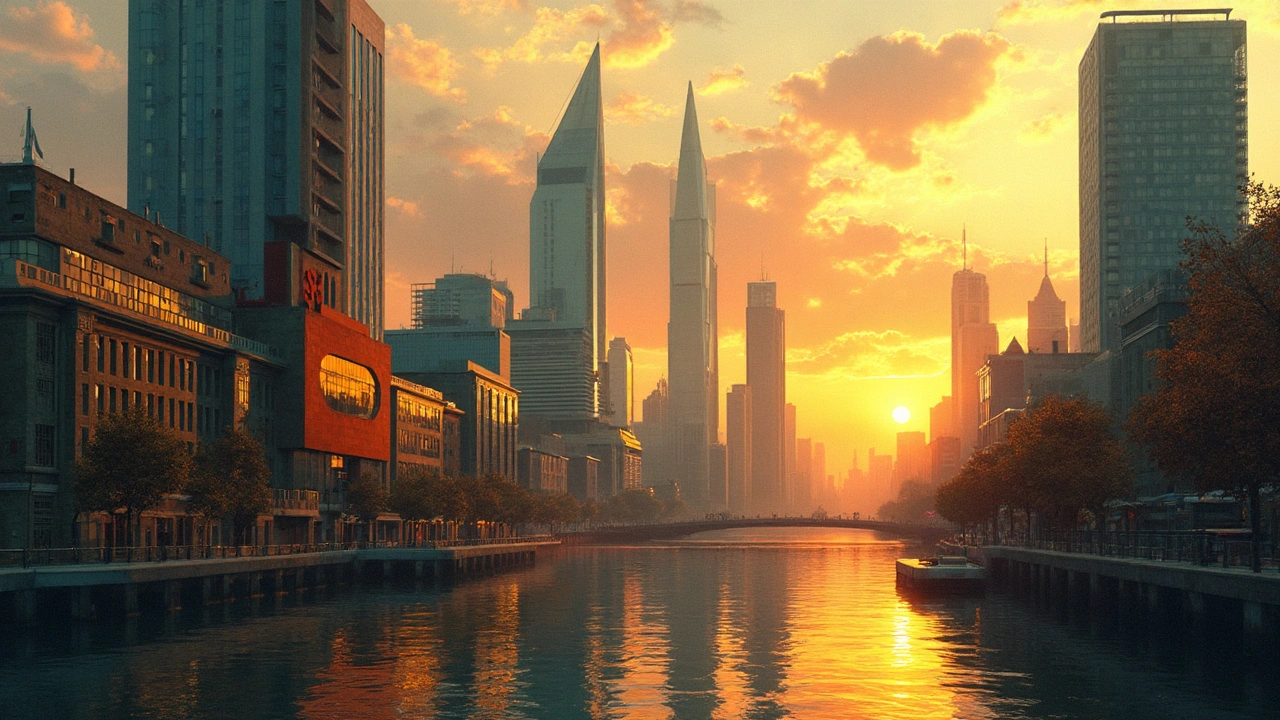Explore how expressionist architecture uses bold forms, materials, and light to create emotional connections, with history, key architects, and practical design tips.
Building design: spot styles and make smarter choices
Want to recognize a building’s style or pick the right look for your project? Start by watching for a few clear features: columns and symmetry hint at Greek Revival or Beaux‑Arts; heavy ornament and grand scales point to colonial or Baroque roots; exposed steel and glass usually mean High‑Tech; bold, unusual forms suggest Expressionist or Postmodern ideas. Once you can name the style, you make better design calls for materials, budget, and maintenance.
Good building design balances form, function, and context. That means asking simple questions early: Who uses the space? What climate is it in? Does the site call for blending in or standing out? Answering those saves money and prevents wasted changes later. For example, Mediterranean Revival suits sunny, dry climates with clay tile roofs and shaded courtyards. High‑Tech choices work well in dense cities where light and structure can shine through glass and steel.
Quick design checklist
Use this short checklist on any project to keep design decisions focused.
- Purpose first: set room sizes, flow, and access before choosing finishes.
- Context matters: match scale and rhythm of nearby buildings when you need to fit in.
- Materials by climate: wood and brick for temperate zones; concrete and stone for heavy wear; glass and steel for modern urban settings.
- Preservation vs. update: with historic styles (Colonial, Federal, Georgian), keep key features like windows, cornices, and symmetry when possible.
- Budget with priorities: spend where users notice (lobbies, kitchens, bathrooms) and economize on less visible areas.
Want to reuse a classic look without copying the past? Mix elements. Pair a clean Bauhaus plan or Mid‑Century Modern open layout with a few classical details like pilasters or an arched entry. That gives character without forcing a full historic rebuild. Neo‑Futurism and Constructivist cues suit projects that aim to signal innovation — use striking geometry sparingly so the building still serves people first.
Picking a style for your project
If you’re unsure where to start, try this: pick one functional goal (comfort, durability, low cost, statement building), pick one visual goal (blend, respect history, modernize, stand out), then test two materials and one construction approach. For example, if the goal is durability + respect history, choose stone or brick and a masonry approach that echoes nearby historic facades. If it’s a statement + innovation, test metal cladding and exposed structure with a controlled budget for glazing.
Finally, visit real buildings. Walk a block of Georgian or Beaux‑Arts buildings to feel proportions and details. Stand beneath a High‑Tech facade to see how light plays through structure. Hands‑on observation teaches faster than photos. Use what you learn to make design choices that feel right, save money, and last longer.
Renaissance architecture isn’t just about beautiful old buildings—it's about a time when art and engineering came together like never before. This article breaks down how Renaissance thinkers influenced design, why symmetry suddenly mattered, and what makes these structures so ahead of their time. You’ll find out how architects in Florence shook up old ideas and set the template for modern buildings. There's a reason cities like Rome and Venice are tourist magnets—their hidden design tricks can actually help you spot real Renaissance work. Get ready for stories, tips, and down-to-earth explanations to help you see these landmarks through new eyes.
Constructivist architecture, famous for its bold geometric forms and utilitarian approach, has significantly shaped modern design trends. Emerging in the Soviet Union during the early 20th century, it emphasized functionality with aesthetic innovation. Its influence can be seen in everything from public buildings to everyday household items. Today, modern designers draw inspiration from these early ideas to push the boundaries of creativity and practicality. Explore how constructivist principles continue to inspire innovative designs in our world.



